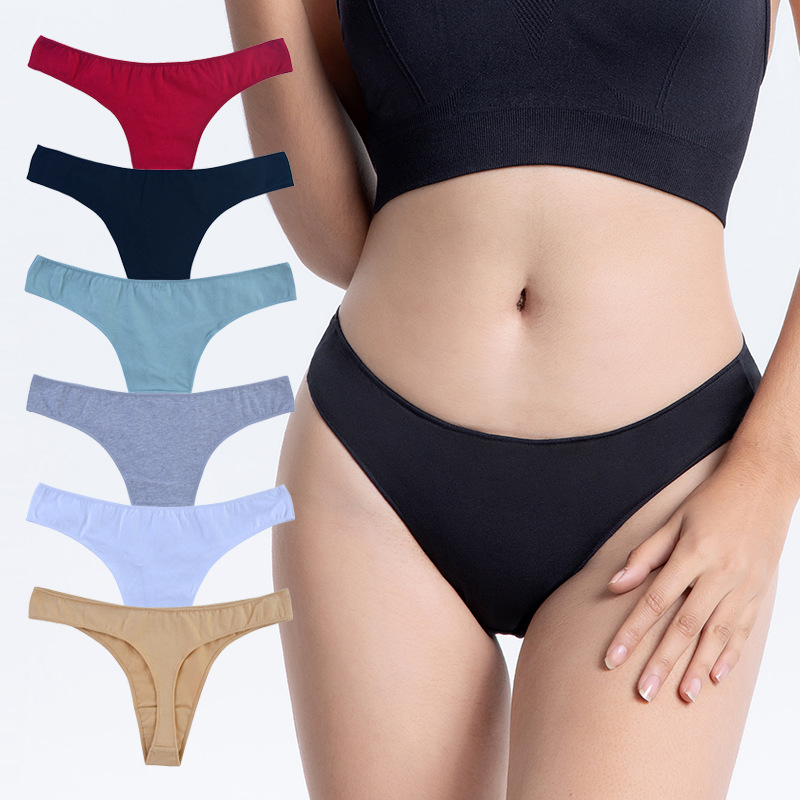
Title: From Morning to Night: The Science Behind Wearing Period Underwear for 12 Hours or More
For many women, wearing period underwear has become the norm. With the rise of menstrual products like Thinx and Lunxo, it’s easy to see why: these high-tech undies are designed to absorb and manage menstrual flow, offering a more comfortable and practical alternative to traditional pads and tampons. But have you ever wondered what happens when you wear period underwear for 12 hours or more? Is it safe? Is it effective? Let’s dive into the science behind it.
The Normal Flow
On a typical day, menstruation is characterized by a slow and steady flow of blood and discharge from the cervix. This discharge is usually minimal, around 10-20 ml, and is mostly made up of cervical mucus and endometrial tissue. As long as the absorbency of the period underwear is designed to handle this normal flow, it’s unlikely to cause any issues.
The Absorbency Dilemma
However, things get trickier when there’s an increase in menstrual flow, often due to hormonal changes, stress, or other health factors. This can lead to a significant amount of blood and discharge, making it challenging for period underwear to keep up. When absorbed, this excess fluid can cause the underwear to become heavy, leaky, and potentially even cause irritation and discomfort.
The Science of Absorbency
To understand how period underwear works, let’s look at the science behind absorbency. Absorbency is measured by a material’s capacity to hold fluids against its weight. In the case of period underwear, the material is designed to hold 20-30 times its weight in water. This means if the underwear weighs 100 grams, it can absorb 2000-3000 ml of fluid before it becomes saturated.
The 12-Hour Mark: The Turning Point
Wearing period underwear for 12 hours or more can push the limits of its absorbency. As the hours tick by, the underwear may become increasingly saturated, leading to potential issues like:
- Leakage: As the underwear becomes full, it can start to leak, potentially causing stains and discomfort.
- Irritation: Inflated or stretched waistbands can chafe and rub against the skin, causing irritation and discomfort.
- Microbial Growth: A moist environment, like that created by a heavily saturated underwear, can foster the growth of bacteria, like E. coli and Staphylococcus aureus, which can cause infections and odors.
The Bottom Line
Wearing period underwear for 12 hours or more may not be the best solution for every woman. However, it can be a viable option for those with a lighter flow or those who prefer this type of product. To optimize their use:
- Monitor flow levels: Be aware of your menstrual flow and adjust your underwear accordingly.
- Choose the right product: Select period underwear designed for heavy flow, with layers that can absorb more liquid.
- Double-layer or add protection: Consider using a doubler or adding a thin pad for added protection against leaks and irritation.
In conclusion, wearing period underwear for 12 hours or more can be safe and effective, but it’s crucial to understand the science behind absorbency and adjust your approach accordingly. By monitoring flow levels, choosing the right product, and taking additional steps for added protection, you can make the most of your period underwear experience.





Leave a Reply